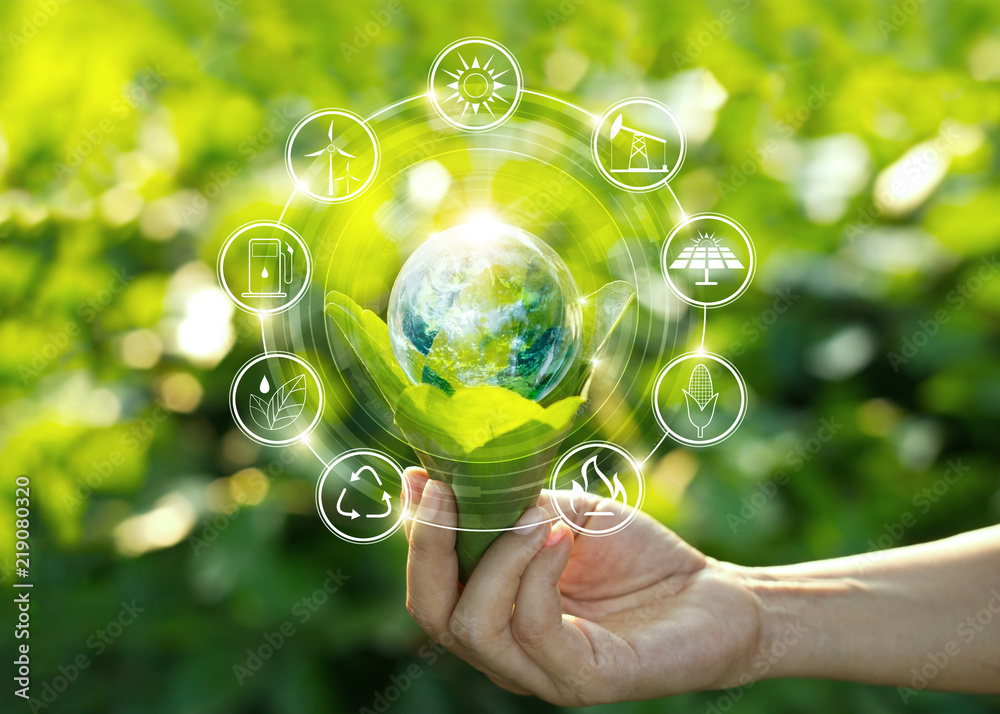Author: Nick Rassool | Posted On: 17 Jul 2024
Renewable energy is experiencing a transformative phase worldwide, with unprecedented investments, technological advancements, and policy shifts driving the sector forward. As nations strive to meet climate goals and reduce dependency on fossil fuels, renewable energy sources such as solar, wind, and hydroelectric power are at the forefront of this global shift.
global trends
The renewable energy sector is undergoing rapid growth and transformation globally. Technological advancements are driving this shift, with solar and wind energy leading the way. Solar panel costs have plummeted over the past decade due to improved photovoltaic technology and economies of scale. In wind energy, offshore farms are becoming more prevalent, particularly in Europe and Asia, with floating turbines expanding possibilities for installations in deeper waters.
This progress is bolstered by supportive policies and regulations worldwide. Many countries have committed to achieving net-zero carbon emissions by mid-century, exemplified by initiatives like the European Union’s Green Deal and the United States rejoining the Paris Agreement. Governments are offering various incentives to encourage adoption, including subsidies, tax breaks, and renewable energy certificates.
The financial landscape is equally dynamic, with a surge in private sector investment and the growing popularity of green bonds to finance renewable projects. These developments are not only addressing climate change but also creating significant employment opportunities in the sector. While renewable energy is experiencing rapid growth, challenges remain. Intermittency issues, energy storage limitations, and policy uncertainties in some regions pose obstacles. However, these challenges are driving innovation in energy storage technologies, grid management, and policy frameworks.
Australia’s renewable energy landscape
Australia has set ambitious targets to generate 82% of its electricity from renewable sources by 2030. The government has committed substantial funds to upgrade the grid’s reliability to handle the increasing output of renewable energy. However, recent reports indicate that the country may struggle to meet these targets. Australia requires at least 6 GW of new capacity to be added each year but is currently running at around half of that over the past two years.
Challenges in the approval process for large-scale wind and solar projects are exacerbating this issue, especially in New South Wales. On average, it takes 9.5 years for wind projects to be approved and 2.5 years for solar projects. This lengthy timeframe is largely attributed to bureaucratic delays.
progress and opportunities
Despite setting a net-zero target for 2050 and aiming for a 43% reduction in emissions by 2030 (compared to 2005 levels), Australia still ranks relatively low in terms of fossil fuel emissions performance. The country continues to develop fossil fuel projects and infrastructure, impacting its climate change performance rankings.
Encouragingly, Australia has significantly improved its standing in the global renewable energy investment landscape, now ranking 5th among the most attractive countries for renewable energy investment. This surge is attributed to record investments in large-scale solar and wind projects, such as the $5 billion Walcha Energy Project in New South Wales and the $2 billion Kennedy Energy Park in Queensland. The expansion of rooftop solar installations has also contributed to this growth.
Australia is also attracting substantial overseas investment from Europe, Asia, and North America, and to further boost private sector investment, particularly in solar technology, the government recently introduced the ‘Future Made in Australia Bill 2024’ to parliament.
The country is exploring its potential as a major exporter of renewable energy. Initiatives like the Australia-Asia PowerLink aim to export solar power to neighbouring countries, positioning Australia as a key player in the regional energy market. Moreover, the sector’s growth is creating new opportunities for community engagement, including the rise of community-owned energy projects and increasing involvement of Indigenous communities in renewable energy developments.
conclusion
The global renewable energy landscape is evolving rapidly, driven by technological innovation, policy support, and significant investment. While Australia faces challenges in meeting its ambitious targets, the country is making strides in attracting investment and developing large-scale projects. With its vast natural resources and growing investment appeal, Australia has the potential to become a leader in the global renewable energy transition, provided it can overcome current obstacles and accelerate its progress towards its renewable energy goals.
Read our case study on Decarbonisation in the steel industry. Sign up for our newsletter to stay up to date with our latest content.
Posted in QN, B2B, Built Environment, Technology & Telco, Transport & Industrial, Uncategorized

